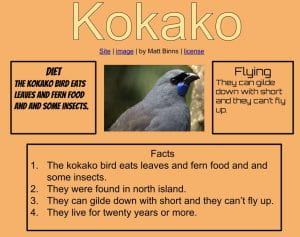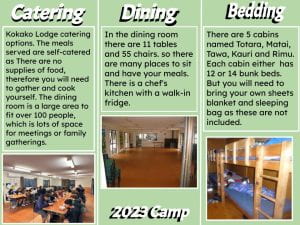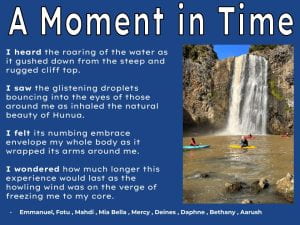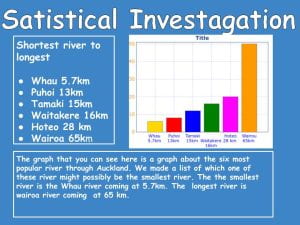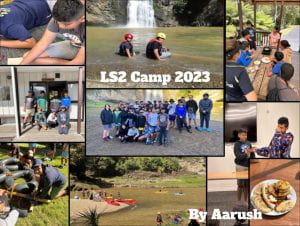LI: To understand the structure and language features in an explanation
How did Goldilocks upset the bear family?
To upset someone it’s to make them disappointed, worried, or unhappy. In the fairytale Goldilocks and the three bears. She makes unwise decisions. Have you ever broken into someone’s house?
Goldilocks found a cottage and entered into private property without permission from owners. Goldilocks was disrespectful and has no self morals which is shown when she ate the bear family’s porridge. She sat on the baby chair in addition she ended up breaking the chair leaving it in pieces.
When the bears got home, they were shocked to find their porridge eaten and the baby chair was broken. Imagine how upset you would feel getting home to find someone had broken into your house!
To help us understand how to write an explanation we looked at the purpose, the structure (what it looks like) and the language features. An explanation tells us how or why something is the way it is. To help us understand this we learnt about cause and effect. Cause and effect is an action and a reaction. We used the story of Goldilocks and the 3 Bears to help us understand this. Here is our explanation that describes how Goldilocks upset the Bear family.
This activity was good because I learnt a lot about explanations and the story Goldilocks and the three Bears.
